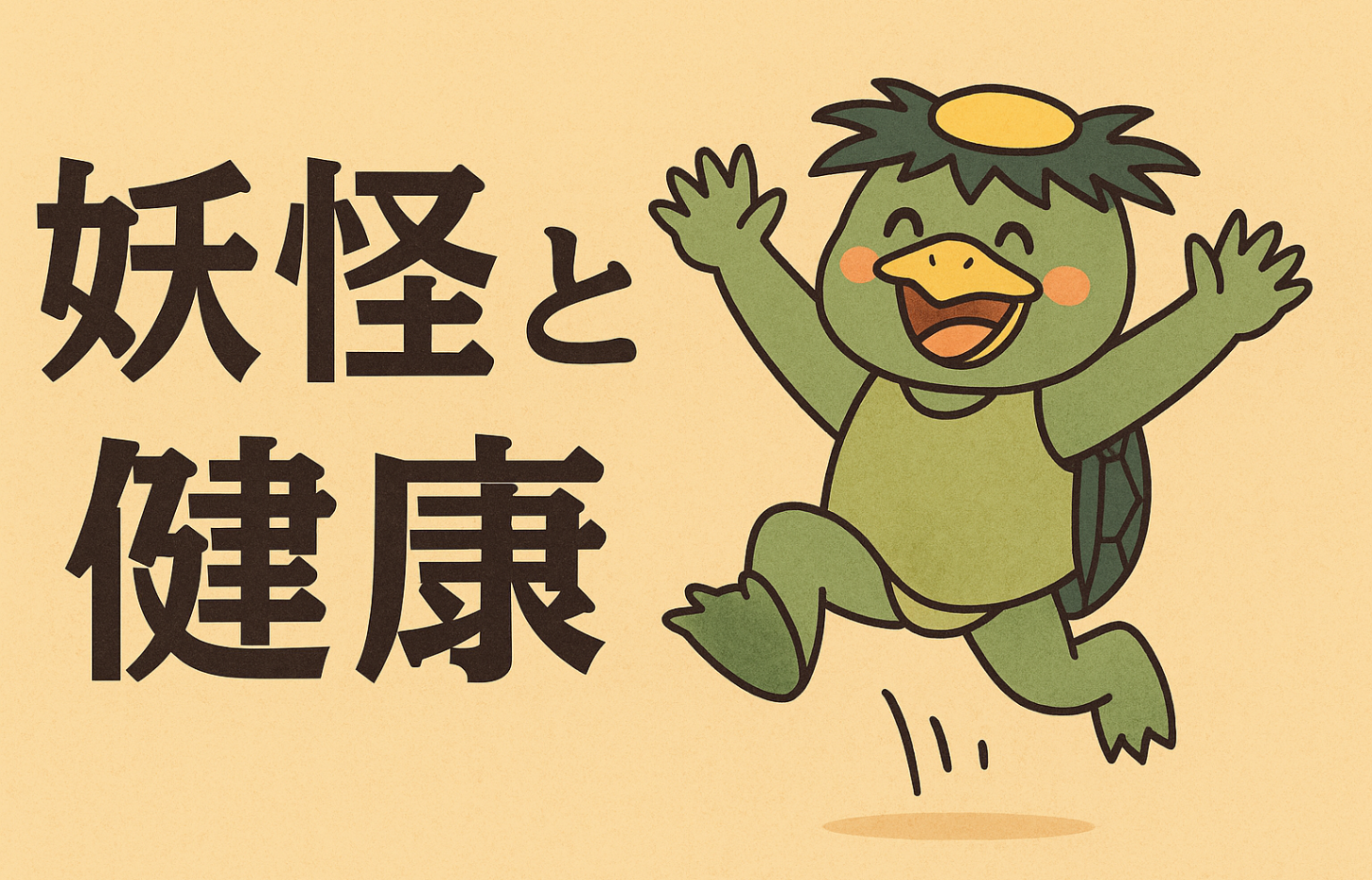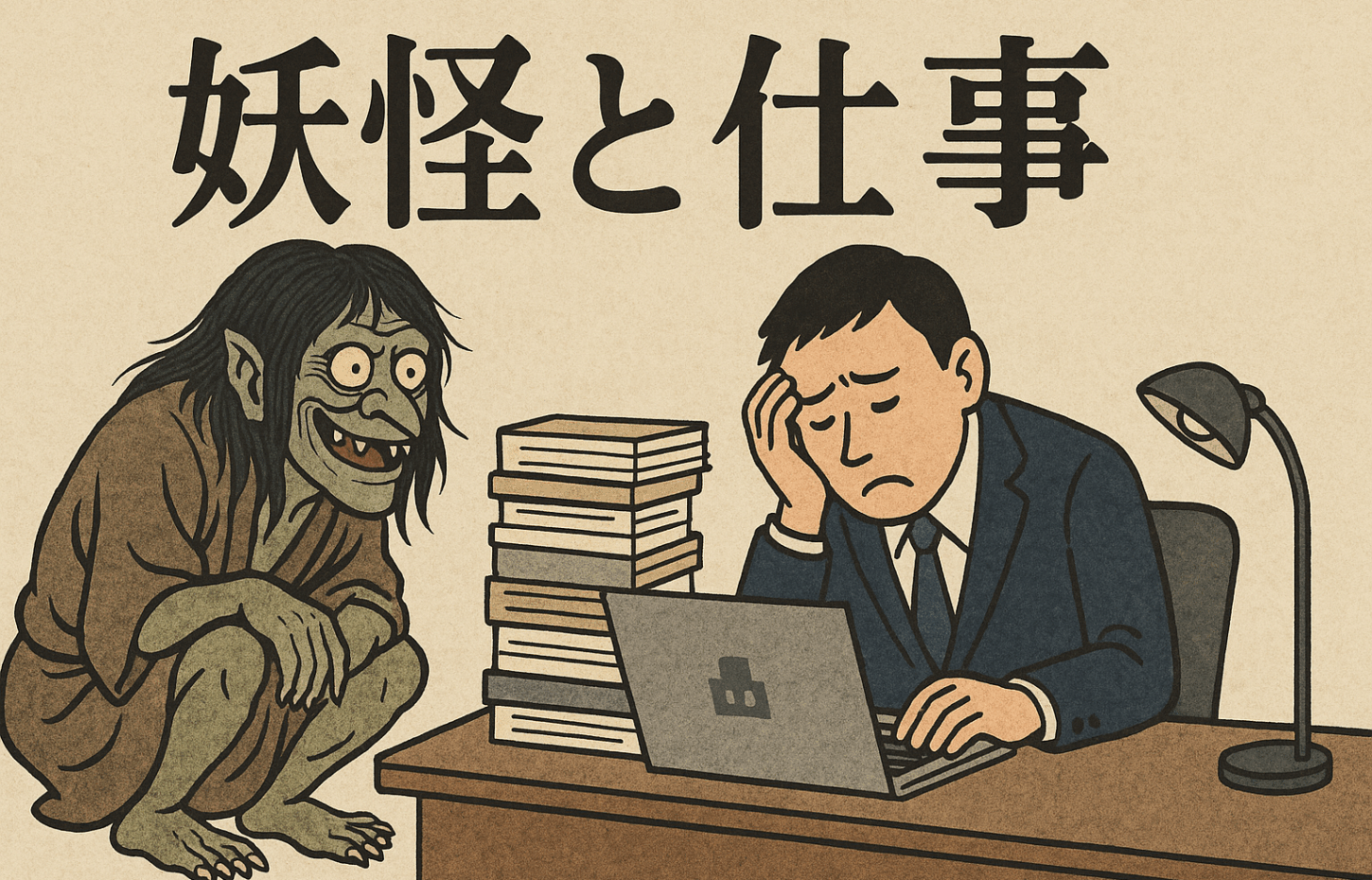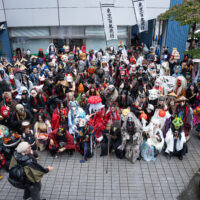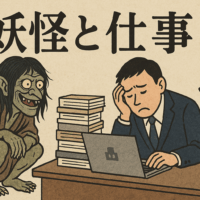
Ballad of the Earth Spider
Hello, this is Kamiyo. I live in the countryside, which is a self-proclaimed place, but I almost missed my train because of a huge traffic jam. There are days when it takes 40 minutes to get to a place that usually takes 10 minutes. It's stressful.
Now, for those of you who live in the city, when you hear the word "countryside," images of "warm people," "no traffic jams, stress-free," and "low prices" probably come to mind.
However, in reality, there are traffic jams in the countryside too, and prices are generally cheaper in the city if you choose the right store. Of course, the countryside has its good points, so I'm not trying to compare the two.
In any case, in this way, our impressions and images are often greatly influenced by the name of something. This has always been the case.
---------------------------------------------------------------------------------------------------------------------------------------
long ago,"Earth SpiderThere was a monster called "Kumokiri" (Spider-kiri). It tortured the famous Kamakura period monster hunter Minamoto no Yorimitsu by inflicting a fever on him, but when it appeared disguised as a monk and tried to capture the weakened Yorimitsu, Yorimitsu quickly saw through its true form and slashed it with the famous sword Hizamaru, later defeating it. (The reason why Yorimitsu's sword, Hizamaru, is called "Spider-kiri" is because of this episode.)
If the Tsuchigumo had not disguised himself as a monk and appeared, he might have been able to kill Yorimitsu.Why capture instead of attack?!There are some points that could be criticized, but if you think of it as a faithful reproduction of the spider's habit of wrapping its own silk around weakened prey and then eating it, it makes sense. In my opinion, even if youkai have human-like intelligence, their characteristics as living creatures will not fade.
By the way, the corpse of the slain Tsuchigumo was given to Yorimitsu.Apparently he was impaled on an iron skewer and exposed on the riverbank.Which one is the bad guy?
---------------------------------------------------------------------------------------------------------------------------------------
In fact, the name "Tsuchigumo" was used with a completely different meaning long before the Kamakura period.
During the Yamato Imperial Court period from 300 to 500 AD, "humans" who did not submit to the Emperor were considered to be a strange race that did not obey God.Earth SpiderThey were called such and the Imperial Court attacked them in the name of justice.
The key point is that they were not submissive, and only a small minority of the Tsuchigumo were clearly rebelling against the Imperial Court. The majority of the Tsuchigumo simply lived their own lives in their own communities, avoiding invasions. However, simply because they refused to accept the rule of the Imperial Court, they were deemed "non-human."
As I said at the beginning, a name creates an image and a feeling.Nihon ShokiThere is a description of Tsuchigumo in the book, which describes them as "having the nature of a wolf and the feelings of an owl, resembling a dwarf. They have short bodies and long limbs." They are considered to be monsters unlike ordinary humans. According to one theory, these characteristics, such as their short bodies and long limbs, are due to their appearance as earth spiders.spiderIt is said that he was depicted with a strange appearance due to the influence of his name.
I think the name Tsuchigumo was just a label. They were Tsuchigumo who rebelled against the Imperial Court.So you can do whatever you wantTo lead the masses to believe that even if they attack and destroy, it is a good deed. Humans have always loved to bring down the hammer of justice. But really, who is the bad guy?
However, there is one thing that is strange about the book that came before the Nihon Shoki:KojikiThe group of Tsuchigumo who were killed by Emperor Jimmu in the story,There was a tailThat's what he says.
As with the Nihon Shoki, even if they were influenced by the name Tsuchigumo, would they have chosen an element as inconspicuous as a spider, such as a tail? Moreover, there are no descriptions of a tail in subsequent books. Before Tsuchigumo became a derogatory term, did a real monster called "Tsuchigumo" exist...no way.
(Image: Konjaku Zuga Hyakki)









In the first place, the question arises as to whether all of the "rebellious people" were human (Homo sapiens).
Even today, there is a theory that the Yeti and Bigfoot are actually remnants of Gigantopithecus, and it is even possible that large higher apes and primitive humans actually survived 2,000 years ago and lived in unique communal environments.
From a modern perspective, the imperial court may seem like the villains, but clashes between different cultures are not uncommon, and when there were differences at the species level, it was perhaps inevitable that it would develop into a struggle for survival that could not be measured in terms of good and evil.
The description of the Tsuchigumo in the Nihon Shoki may still be within the realm of human personality, but the person mentioned in the Kojiki is something that is simply inconceivable to Homo sapiens.
This comment reminded me that there are stone monuments in the islands of Okinawa Prefecture, such as Miyakojima, to heroes who protected the islands from the oppression of the Ryukyu Kingdom. However, in history books, the people enshrined there were treated as a kind of "rebellious people," outlaws on the frontier.
I realized that it is necessary to have a multifaceted perspective when looking at history and folk traditions.